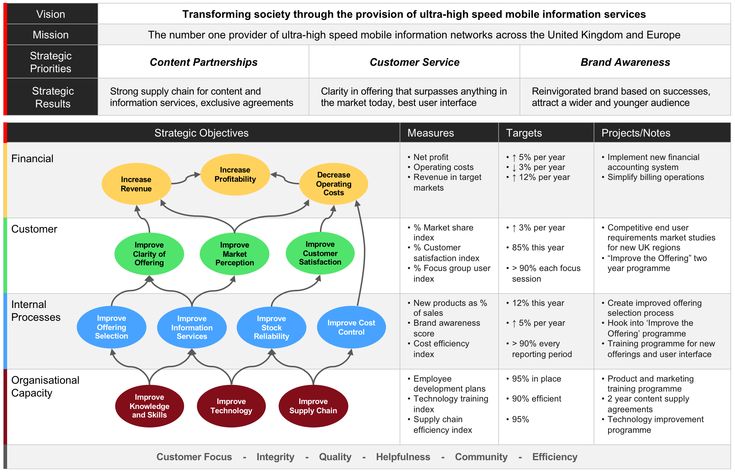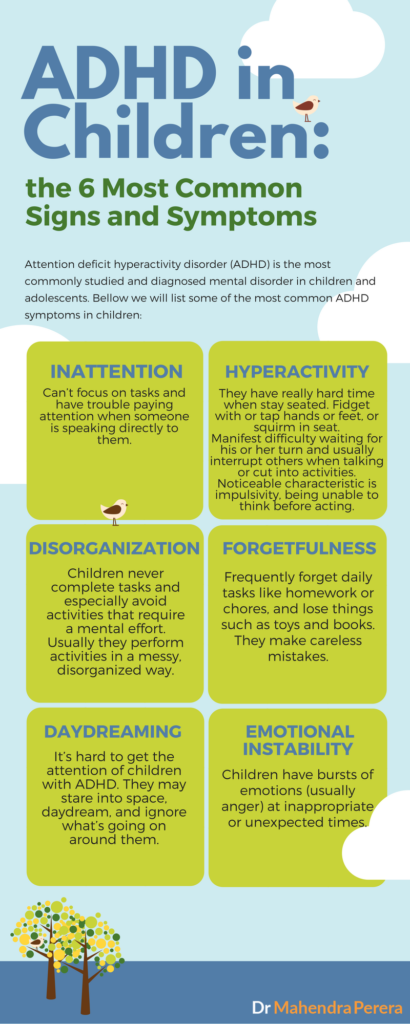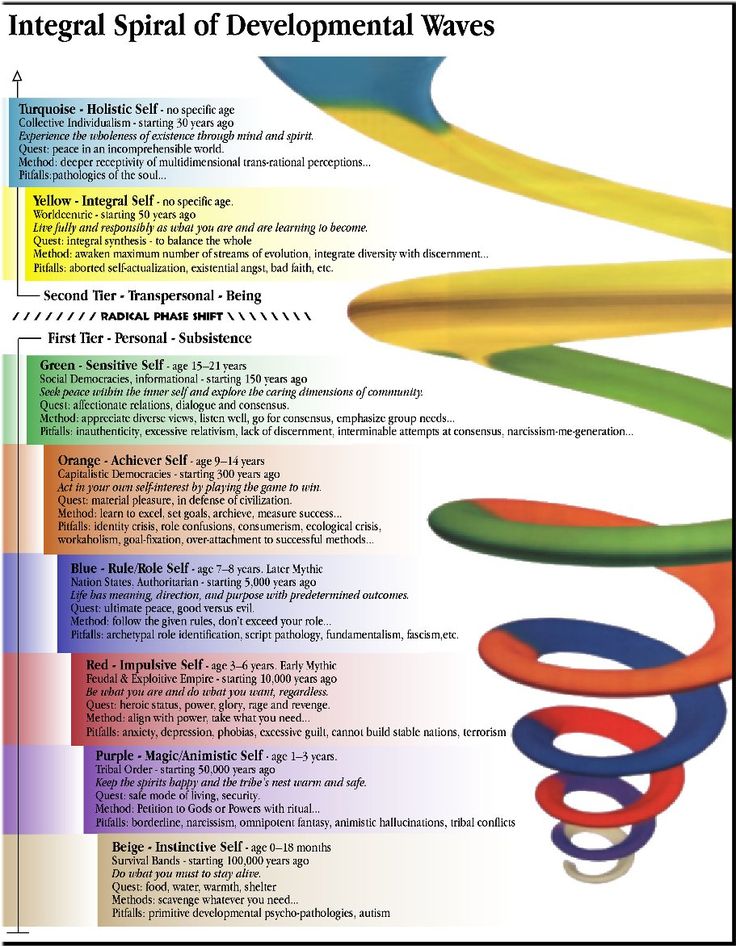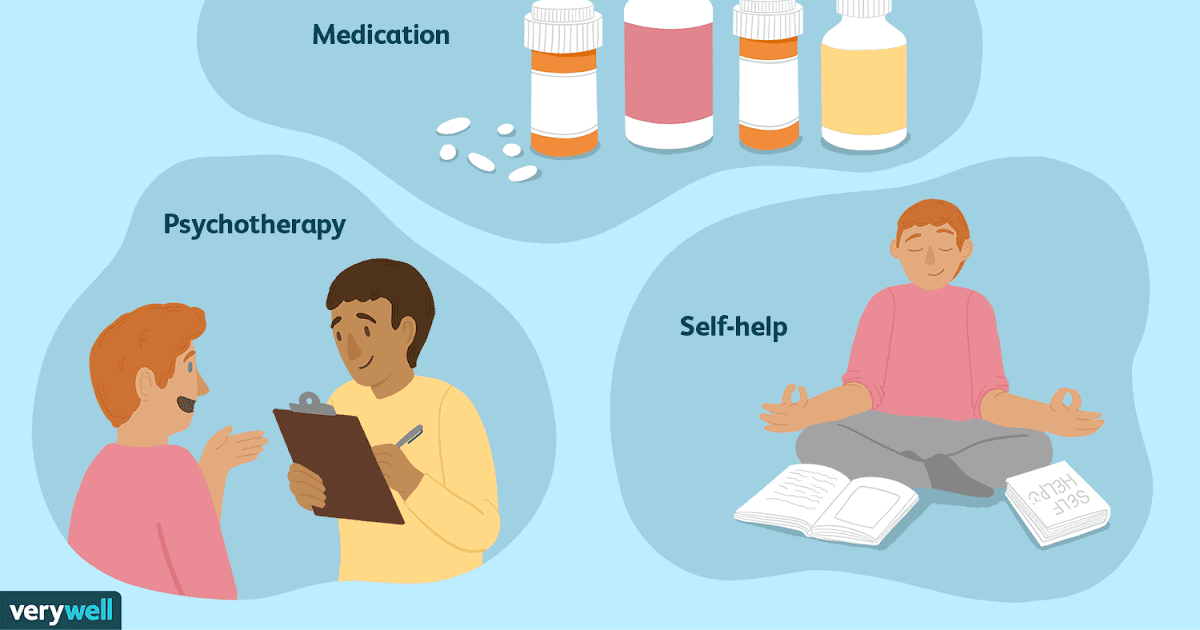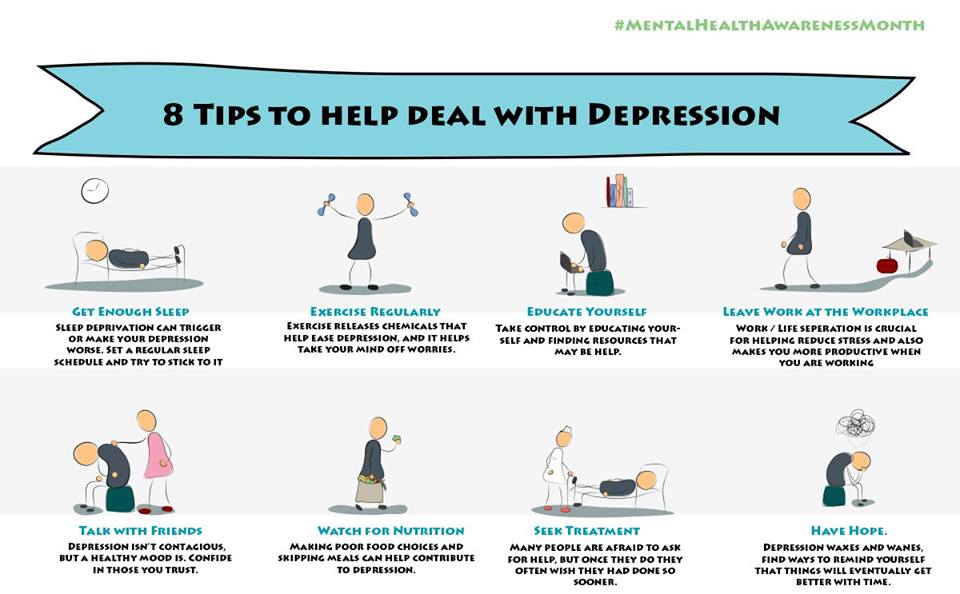Efficient study strategies
Study Smarter Not Harder – Learning Center
Do you ever feel like your study habits simply aren’t cutting it? Do you wonder what you could be doing to perform better in class and on exams? Many students realize that their high school study habits aren’t very effective in college. This is understandable, as college is quite different from high school. The professors are less personally involved, classes are bigger, exams are worth more, reading is more intense, and classes are much more rigorous. That doesn’t mean there’s anything wrong with you; it just means you need to learn some more effective study skills. Fortunately, there are many active, effective study strategies that are shown to be effective in college classes.
This handout offers several tips on effective studying. Implementing these tips into your regular study routine will help you to efficiently and effectively learn course material. Experiment with them and find some that work for you.
Reading is not studying
Simply reading and re-reading texts or notes is not actively engaging in the material. It is simply re-reading your notes. Only ‘doing’ the readings for class is not studying. It is simply doing the reading for class. Re-reading leads to quick forgetting.
Think of reading as an important part of pre-studying, but learning information requires actively engaging in the material (Edwards, 2014). Active engagement is the process of constructing meaning from text that involves making connections to lectures, forming examples, and regulating your own learning (Davis, 2007). Active studying does not mean highlighting or underlining text, re-reading, or rote memorization. Though these activities may help to keep you engaged in the task, they are not considered active studying techniques and are weakly related to improved learning (Mackenzie, 1994).
Ideas for active studying include:
- Create a study guide by topic. Formulate questions and problems and write complete answers. Create your own quiz.
- Become a teacher. Say the information aloud in your own words as if you are the instructor and teaching the concepts to a class.
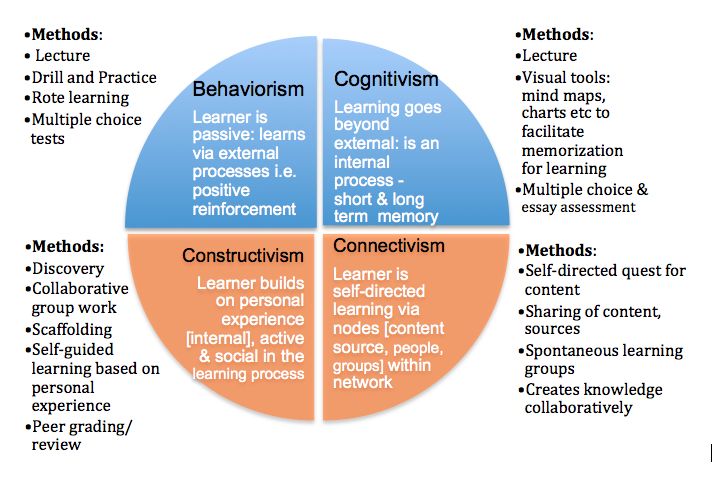
- Derive examples that relate to your own experiences.
- Create concept maps or diagrams that explain the material.
- Develop symbols that represent concepts.
- For non-technical classes (e.g., English, History, Psychology), figure out the big ideas so you can explain, contrast, and re-evaluate them.
- For technical classes, work the problems and explain the steps and why they work.
- Study in terms of question, evidence, and conclusion: What is the question posed by the instructor/author? What is the evidence that they present? What is the conclusion?
Organization and planning will help you to actively study for your courses. When studying for a test, organize your materials first and then begin your active reviewing by topic (Newport, 2007). Often professors provide subtopics on the syllabi. Use them as a guide to help organize your materials. For example, gather all of the materials for one topic (e.g., PowerPoint notes, text book notes, articles, homework, etc.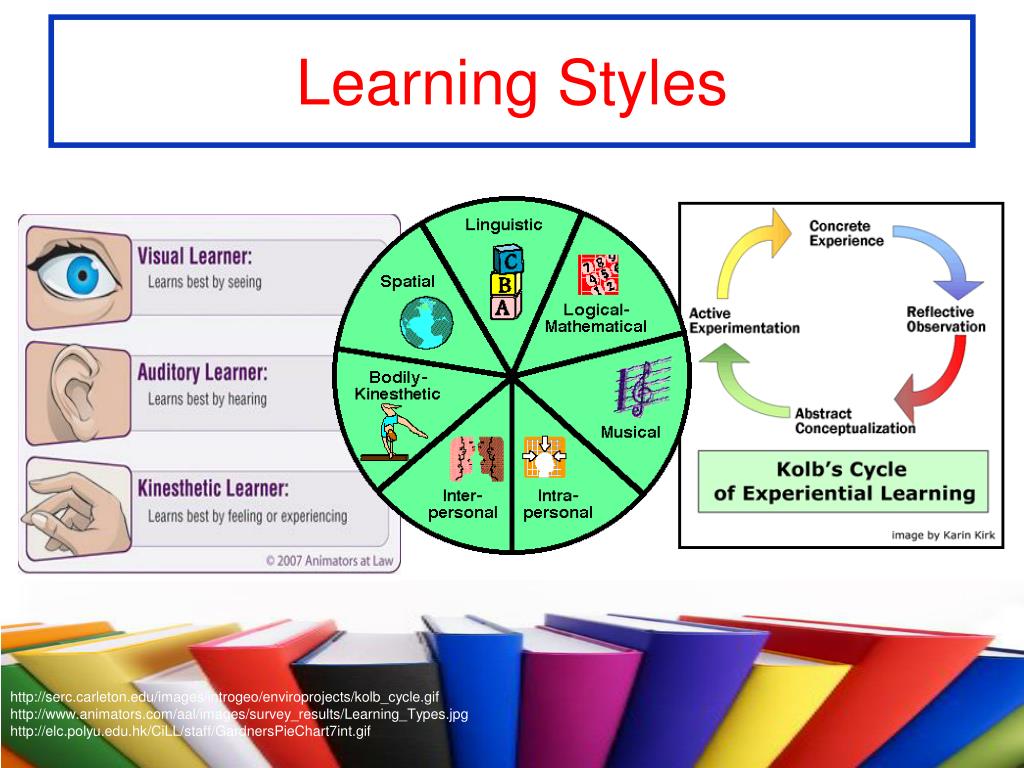 ) and put them together in a pile. Label each pile with the topic and study by topics.
) and put them together in a pile. Label each pile with the topic and study by topics.
For more information on the principle behind active studying, check out our tipsheet on metacognition.
Understand the Study Cycle
The Study Cycle, developed by Frank Christ, breaks down the different parts of studying: previewing, attending class, reviewing, studying, and checking your understanding. Although each step may seem obvious at a glance, all too often students try to take shortcuts and miss opportunities for good learning. For example, you may skip a reading before class because the professor covers the same material in class; doing so misses a key opportunity to learn in different modes (reading and listening) and to benefit from the repetition and distributed practice (see #3 below) that you’ll get from both reading ahead and attending class. Understanding the importance of all stages of this cycle will help make sure you don’t miss opportunities to learn effectively.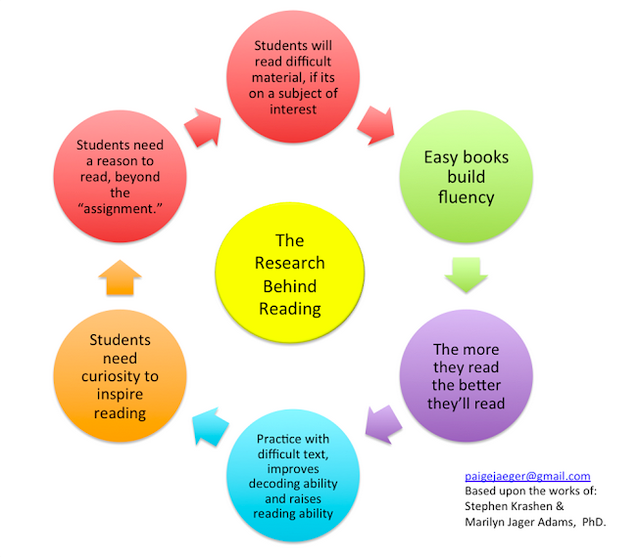
Spacing out is good
One of the most impactful learning strategies is “distributed practice”—spacing out your studying over several short periods of time over several days and weeks (Newport, 2007). The most effective practice is to work a short time on each class every day. The total amount of time spent studying will be the same (or less) than one or two marathon library sessions, but you will learn the information more deeply and retain much more for the long term—which will help get you an A on the final. The important thing is how you use your study time, not how long you study. Long study sessions lead to a lack of concentration and thus a lack of learning and retention.
In order to spread out studying over short periods of time across several days and weeks, you need control over your schedule. Keeping a list of tasks to complete on a daily basis will help you to include regular active studying sessions for each class. Try to do something for each class each day.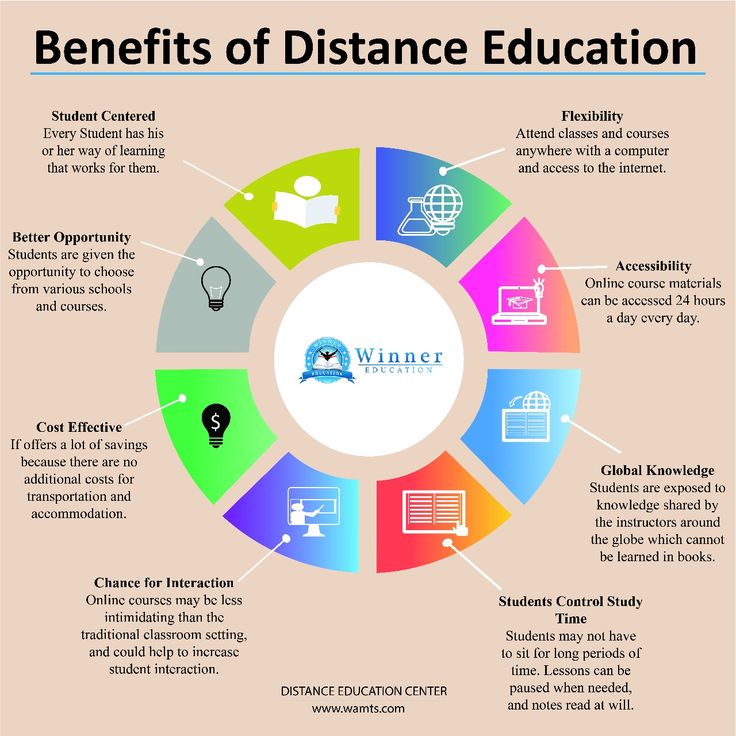 Be specific and realistic regarding how long you plan to spend on each task—you should not have more tasks on your list than you can reasonably complete during the day.
Be specific and realistic regarding how long you plan to spend on each task—you should not have more tasks on your list than you can reasonably complete during the day.
For example, you may do a few problems per day in math rather than all of them the hour before class. In history, you can spend 15-20 minutes each day actively studying your class notes. Thus, your studying time may still be the same length, but rather than only preparing for one class, you will be preparing for all of your classes in short stretches. This will help focus, stay on top of your work, and retain information.
In addition to learning the material more deeply, spacing out your work helps stave off procrastination. Rather than having to face the dreaded project for four hours on Monday, you can face the dreaded project for 30 minutes each day. The shorter, more consistent time to work on a dreaded project is likely to be more acceptable and less likely to be delayed to the last minute. Finally, if you have to memorize material for class (names, dates, formulas), it is best to make flashcards for this material and review periodically throughout the day rather than one long, memorization session (Wissman and Rawson, 2012).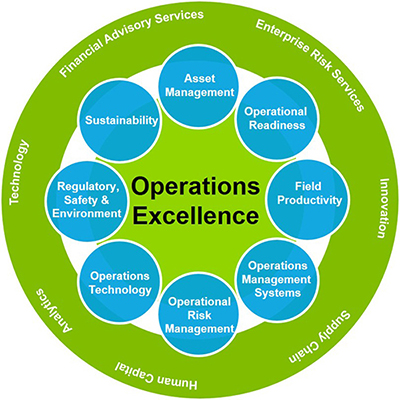 See our handout on memorization strategies to learn more.
See our handout on memorization strategies to learn more.
It’s good to be intense
Not all studying is equal. You will accomplish more if you study intensively. Intensive study sessions are short and will allow you to get work done with minimal wasted effort. Shorter, intensive study times are more effective than drawn out studying.
In fact, one of the most impactful study strategies is distributing studying over multiple sessions (Newport, 2007). Intensive study sessions can last 30 or 45-minute sessions and include active studying strategies. For example, self-testing is an active study strategy that improves the intensity of studying and efficiency of learning. However, planning to spend hours on end self-testing is likely to cause you to become distracted and lose your attention.
On the other hand, if you plan to quiz yourself on the course material for 45 minutes and then take a break, you are much more likely to maintain your attention and retain the information.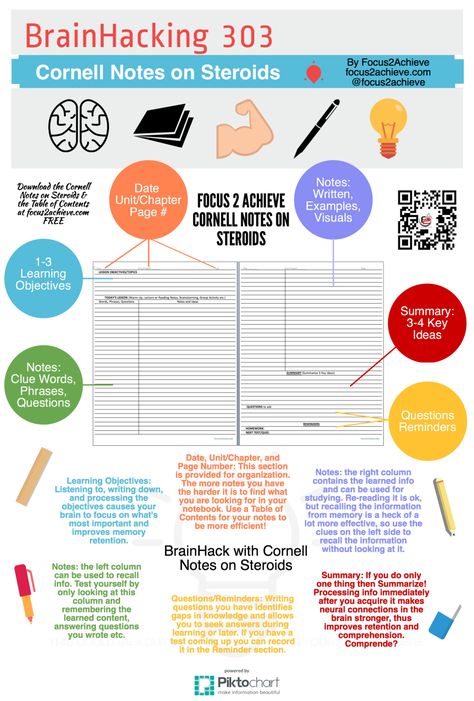 Furthermore, the shorter, more intense sessions will likely put the pressure on that is needed to prevent procrastination.
Furthermore, the shorter, more intense sessions will likely put the pressure on that is needed to prevent procrastination.
Silence isn’t golden
Know where you study best. The silence of a library may not be the best place for you. It’s important to consider what noise environment works best for you. You might find that you concentrate better with some background noise. Some people find that listening to classical music while studying helps them concentrate, while others find this highly distracting. The point is that the silence of the library may be just as distracting (or more) than the noise of a gymnasium. Thus, if silence is distracting, but you prefer to study in the library, try the first or second floors where there is more background ‘buzz.’
Keep in mind that active studying is rarely silent as it often requires saying the material aloud.
Problems are your friend
Working and re-working problems is important for technical courses (e.g., math, economics).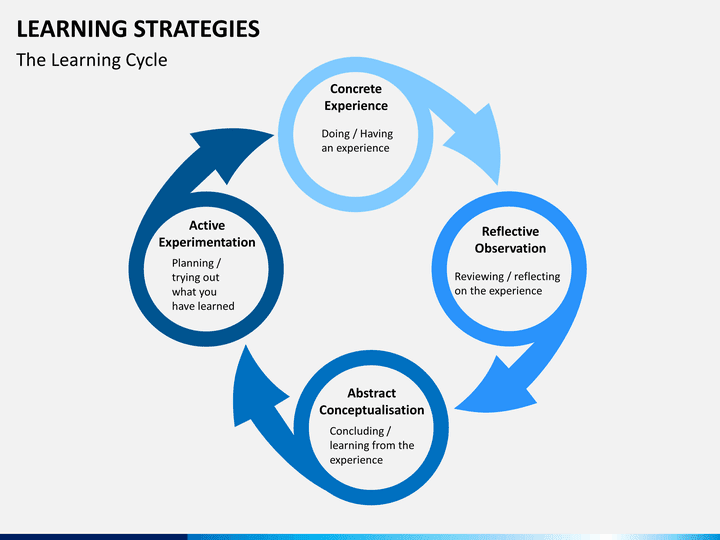 Be able to explain the steps of the problems and why they work.
Be able to explain the steps of the problems and why they work.
In technical courses, it is usually more important to work problems than read the text (Newport, 2007). In class, write down in detail the practice problems demonstrated by the professor. Annotate each step and ask questions if you are confused. At the very least, record the question and the answer (even if you miss the steps).
When preparing for tests, put together a large list of problems from the course materials and lectures. Work the problems and explain the steps and why they work (Carrier, 2003).
Reconsider multitasking
A significant amount of research indicates that multi-tasking does not improve efficiency and actually negatively affects results (Junco, 2012).
In order to study smarter, not harder, you will need to eliminate distractions during your study sessions. Social media, web browsing, game playing, texting, etc. will severely affect the intensity of your study sessions if you allow them! Research is clear that multi-tasking (e. g., responding to texts, while studying), increases the amount of time needed to learn material and decreases the quality of the learning (Junco, 2012).
g., responding to texts, while studying), increases the amount of time needed to learn material and decreases the quality of the learning (Junco, 2012).
Eliminating the distractions will allow you to fully engage during your study sessions. If you don’t need your computer for homework, then don’t use it. Use apps to help you set limits on the amount of time you can spend at certain sites during the day. Turn your phone off. Reward intensive studying with a social-media break (but make sure you time your break!) See our handout on managing technology for more tips and strategies.
Switch up your setting
Find several places to study in and around campus and change up your space if you find that it is no longer a working space for you.
Know when and where you study best. It may be that your focus at 10:00 PM. is not as sharp as at 10:00 AM. Perhaps you are more productive at a coffee shop with background noise, or in the study lounge in your residence hall. Perhaps when you study on your bed, you fall asleep.
Have a variety of places in and around campus that are good study environments for you. That way wherever you are, you can find your perfect study spot. After a while, you might find that your spot is too comfortable and no longer is a good place to study, so it’s time to hop to a new spot!
Become a teacher
Try to explain the material in your own words, as if you are the teacher. You can do this in a study group, with a study partner, or on your own. Saying the material aloud will point out where you are confused and need more information and will help you retain the information. As you are explaining the material, use examples and make connections between concepts (just as a teacher does). It is okay (even encouraged) to do this with your notes in your hands. At first you may need to rely on your notes to explain the material, but eventually you’ll be able to teach it without your notes.
Creating a quiz for yourself will help you to think like your professor.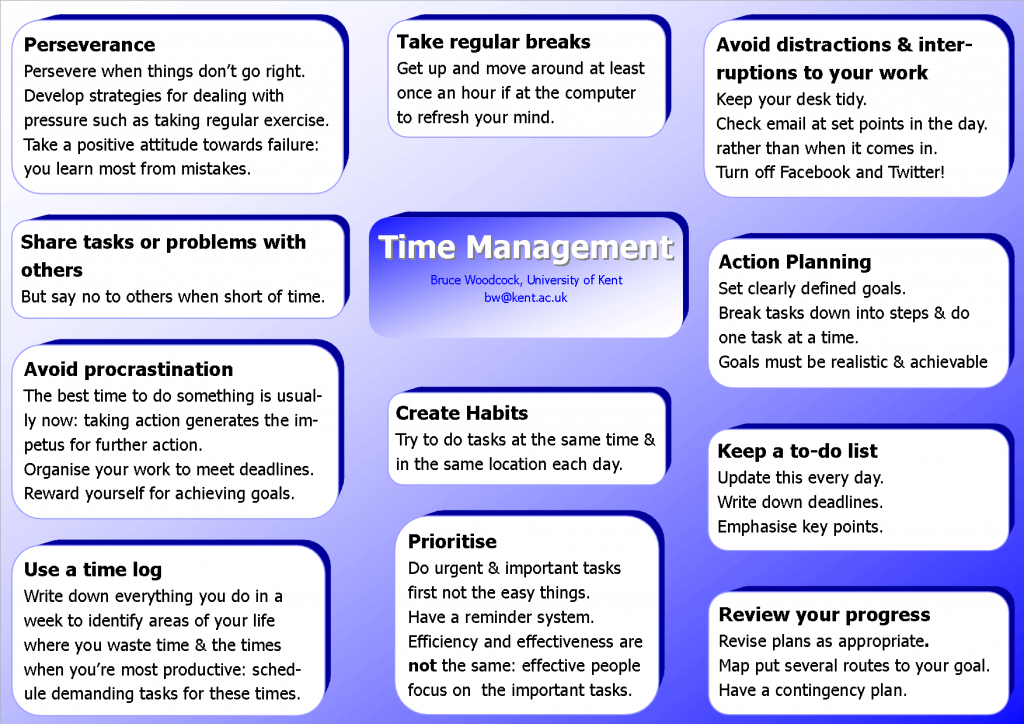 What does your professor want you to know? Quizzing yourself is a highly effective study technique. Make a study guide and carry it with you so you can review the questions and answers periodically throughout the day and across several days. Identify the questions that you don’t know and quiz yourself on only those questions. Say your answers aloud. This will help you to retain the information and make corrections where they are needed. For technical courses, do the sample problems and explain how you got from the question to the answer. Re-do the problems that give you trouble. Learning the material in this way actively engages your brain and will significantly improve your memory (Craik, 1975).
What does your professor want you to know? Quizzing yourself is a highly effective study technique. Make a study guide and carry it with you so you can review the questions and answers periodically throughout the day and across several days. Identify the questions that you don’t know and quiz yourself on only those questions. Say your answers aloud. This will help you to retain the information and make corrections where they are needed. For technical courses, do the sample problems and explain how you got from the question to the answer. Re-do the problems that give you trouble. Learning the material in this way actively engages your brain and will significantly improve your memory (Craik, 1975).
Take control of your calendar
Controlling your schedule and your distractions will help you to accomplish your goals.
If you are in control of your calendar, you will be able to complete your assignments and stay on top of your coursework. The following are steps to getting control of your calendar:
- On the same day each week, (perhaps Sunday nights or Saturday mornings) plan out your schedule for the week.
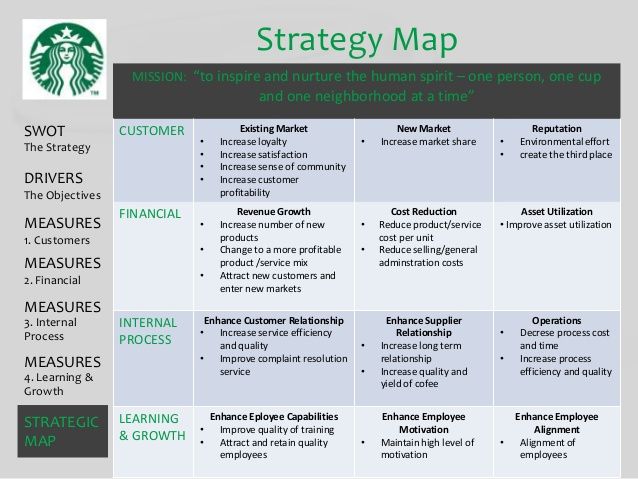
- Go through each class and write down what you’d like to get completed for each class that week.
- Look at your calendar and determine how many hours you have to complete your work.
- Determine whether your list can be completed in the amount of time that you have available. (You may want to put the amount of time expected to complete each assignment.) Make adjustments as needed. For example, if you find that it will take more hours to complete your work than you have available, you will likely need to triage your readings. Completing all of the readings is a luxury. You will need to make decisions about your readings based on what is covered in class. You should read and take notes on all of the assignments from the favored class source (the one that is used a lot in the class). This may be the textbook or a reading that directly addresses the topic for the day. You can likely skim supplemental readings.
- Pencil into your calendar when you plan to get assignments completed.
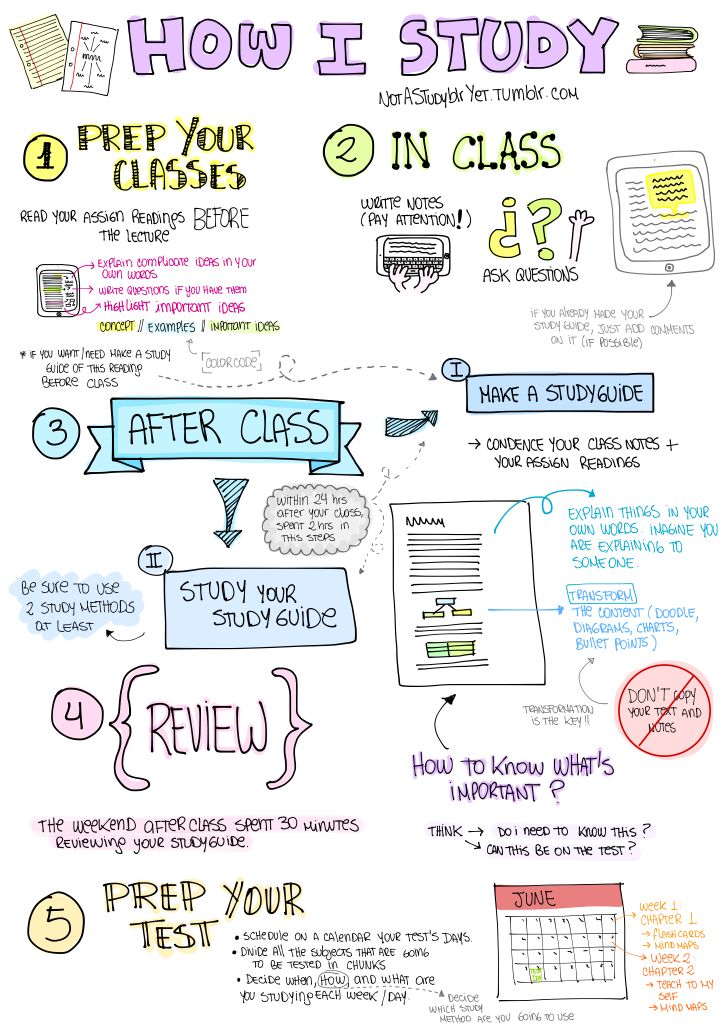
- Before going to bed each night, make your plan for the next day. Waking up with a plan will make you more productive.
See our handout on calendars and college for more tips on using calendars as time management.
Use downtime to your advantage
Beware of ‘easy’ weeks. This is the calm before the storm. Lighter work weeks are a great time to get ahead on work or to start long projects. Use the extra hours to get ahead on assignments or start big projects or papers. You should plan to work on every class every week even if you don’t have anything due. In fact, it is preferable to do some work for each of your classes every day. Spending 30 minutes per class each day will add up to three hours per week, but spreading this time out over six days is more effective than cramming it all in during one long three-hour session. If you have completed all of the work for a particular class, then use the 30 minutes to get ahead or start a longer project.
Use all your resources
Remember that you can make an appointment with an academic coach to work on implementing any of the strategies suggested in this handout.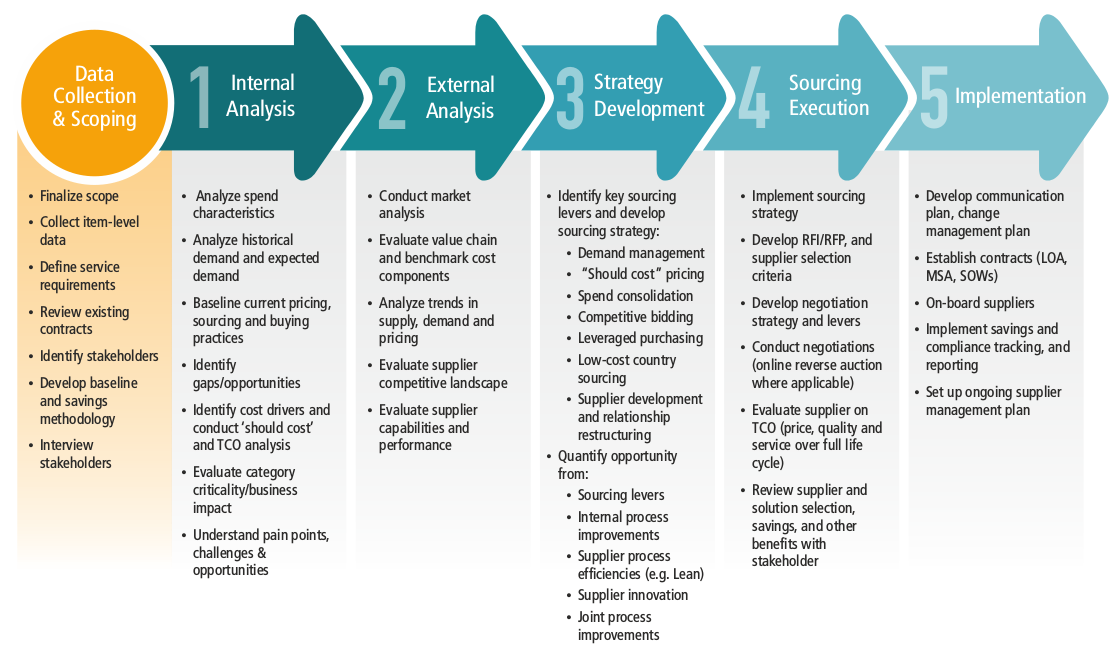
Works consulted
Carrier, L. M. (2003). College students’ choices of study strategies. Perceptual and Motor Skills, 96(1), 54-56.
Craik, F. I., & Tulving, E. (1975). Depth of processing and the retention of words in episodic memory. Journal of Experimental Psychology: General, 104(3), 268.
Davis, S. G., & Gray, E. S. (2007). Going beyond test-taking strategies: Building self-regulated students and teachers. Journal of Curriculum and Instruction, 1(1), 31-47.
Edwards, A. J., Weinstein, C. E., Goetz, E. T., & Alexander, P. A. (2014). Learning and study strategies: Issues in assessment, instruction, and evaluation. Elsevier.
Junco, R., & Cotten, S. R. (2012). No A 4 U: The relationship between multitasking and academic performance. Computers & Education, 59(2), 505-514.
Mackenzie, A. M. (1994). Examination preparation, anxiety and examination performance in a group of adult students.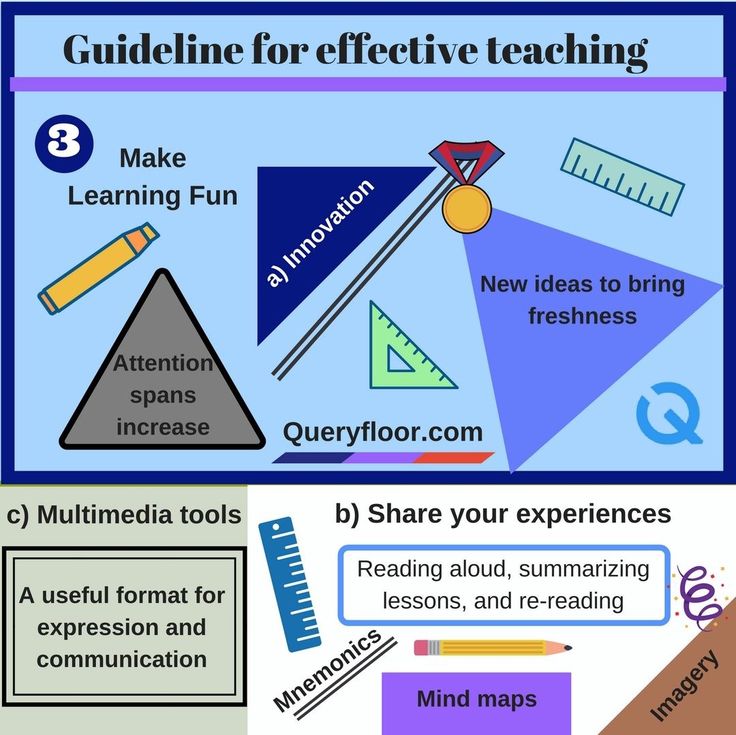 International Journal of Lifelong Education, 13(5), 373-388.
International Journal of Lifelong Education, 13(5), 373-388.
McGuire, S.Y. & McGuire, S. (2016). Teach Students How to Learn: Strategies You Can Incorporate in Any Course to Improve Student Metacognition, Study Skills, and Motivation. Stylus Publishing, LLC.
Newport, C. (2006). How to become a straight-a student: the unconventional strategies real college students use to score high while studying less. Three Rivers Press.
Paul, K. (1996). Study smarter, not harder. Self Counsel Press.
Robinson, A. (1993). What smart students know: maximum grades, optimum learning, minimum time. Crown trade paperbacks.
Wissman, K. T., Rawson, K. A., & Pyc, M. A. (2012). How and when do students use flashcards? Memory, 20, 568-579.
This work is licensed under a Creative Commons Attribution-NonCommercial-NoDerivs 4.0 License.
You may reproduce it for non-commercial use if you use the entire handout and attribute the source: The Learning Center, University of North Carolina at Chapel Hill
If you enjoy using our handouts, we appreciate contributions of acknowledgement.
Make a Gift
10 Effective Study Tips and Techniques to Try This Year
Is your current study method reading a textbook repeatedly, hoping something will stick? If so, do you find yourself stressed out because you can’t memorize such a vast quantity of information in such a short time?
As a grad student, it’s imperative to develop effective time management and study techniques that help you retain the most information. In grad school, cramming the night before doesn’t cut it anymore. Go into the new year with a new strategy and try some of these effective study tips below.
Set the Stage
First, you need to create the conditions-in your body and external environment-to successfully learn and retain information. Here are some study habits worth trying:
- Get a good night’s sleep: A recent study found a positive relationship between students’ grades and how much sleep they’re getting. However, this doesn’t only mean getting a full 8 hours of sleep before a big test.
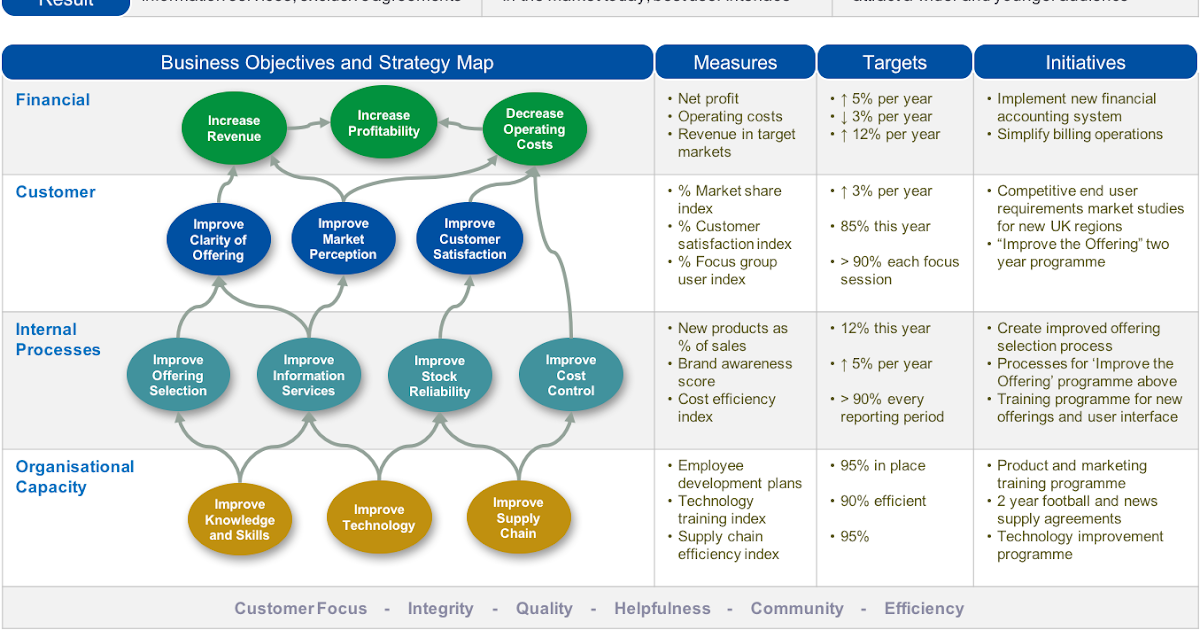 What matters even more is getting enough sleep for several nights before you do the bulk of your studying.
What matters even more is getting enough sleep for several nights before you do the bulk of your studying. - Switch up your study environment: This might not seem like a promising study strategy, but studies show that switching up your study environment can increase recall performance. Instead of studying at home every day, try checking out a new coffee spot each week or heading to your local library. A change in scenery can improve both your memory and concentration levels.
- Stick with an environment that works: If you you have a good study space at home or a café that is reliably a productive place for you, it makes sense to stick with this when you are under pressure.
- Listen to calming music: You can listen to any music you like, but many agree that classical, instrumental, and lo-fi beats make good background music for studying and can actually help you pay attention to the task at hand. Songs with lyrics can be distracting.
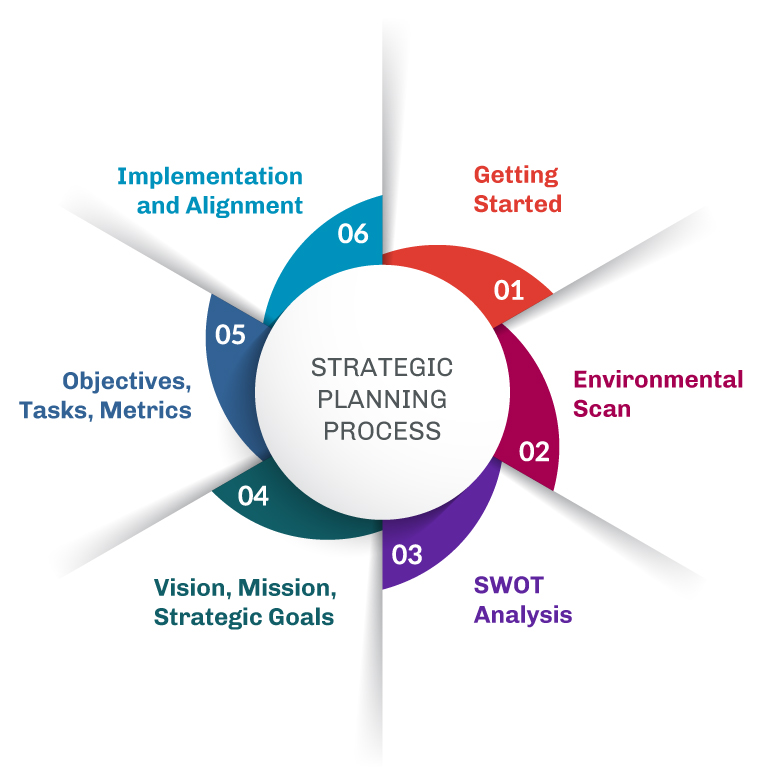
- Eliminate distractions: Eliminate distractions by silencing your phone and annoying background noises such as the TV or radio. Make a pact with yourself to avoid checking social media until your study session is over.
- Snack on smart food: Coffee and candy will give you a temporary boost, but then you’ll have a blood sugar crash. For energy that is more focused and sustainable, try healthy snacks such as edamame, apples, or nuts.
10 Study Methods & Tips That Actually Work
1. The SQ3R Method
The SQ3R method is a reading comprehension technique that helps students identify important facts and retain information within their textbook. SQ3R (or SQRRR) is an acronym that stands for the five steps of the reading comprehension process. Try these steps for a more efficient and effective study session:
- Survey: Instead of reading the entire book, start by skimming the first chapter and taking notes on any headings, subheadings, images, or other standout features like charts.
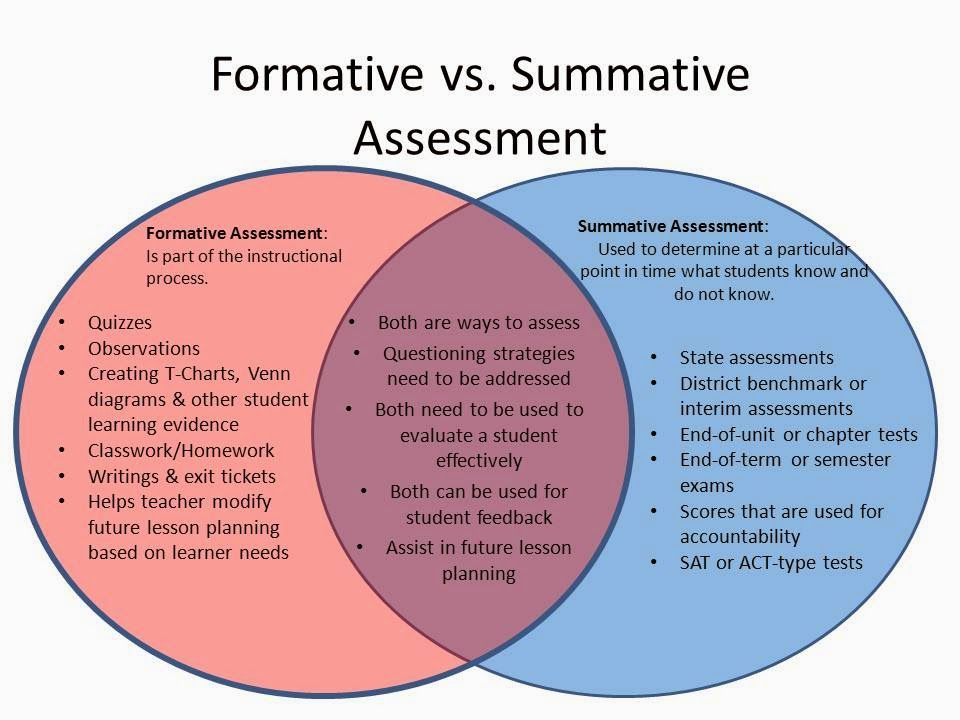
- Question: Formulate questions around the chapter’s content, such as, What is this chapter about? What do I already know about this subject?
- Read: Begin reading the full chapter and look for answers to the questions you formulated.
- Recite: After reading a section, summarize in your own words what you just read. Try recalling and identifying major points and answering any questions from the second step.
- Review: Once you have finished the chapter, it’s important to review the material to fully understand it. Quiz yourself on the questions you created and re-read any portions you need to.
You can try this study technique before taking your final exam.
2. Retrieval Practice
Retrieval practice is based on the concept of remembering at a later time. Recalling an answer to a question improves learning more than looking for the answer in your textbook. And, remembering and writing down the answer to a flashcard is a lot more effective than thinking you know the answer and flipping the card over early.
If you practice retrieval, you are more likely to remember the information later on. Below are some ways you can implement the retrieval process into your study routine.
- Utilize practice tests: Use practice tests or questions to quiz yourself, without looking at your book or notes.
- Make your own questions: Be your own teacher and create questions you think would be on a test. If you’re in a study group, encourage others to do the same, and trade questions.
- Use flashcards: Create flashcards, but make sure to practice your retrieval technique. Instead of flipping a card over prematurely, write the answer down and then check.
3. Spaced Practice
Spaced practice (also known as “distributed practice”) encourages students to study over a longer period of time instead of cramming the night before. When our brains almost forget something, they work harder to recall that information. Spacing out your studying allows your mind to make connections between ideas and build upon the knowledge that can be easily recalled later.
Spacing out your studying allows your mind to make connections between ideas and build upon the knowledge that can be easily recalled later.
To try this technique, review your material in spaced intervals similar to the schedule below:
- Day 1: Learn the material in class.
- Day 2: Revisit and review.
- Day 3: Revisit and review.
- After one week: Revisit and review.
- After two weeks: Revisit and review.
It’s important to start planning early. At the beginning of each semester, schedule some time each day just for studying and reviewing the material. Even if your exams are months away, this will help you hold yourself accountable.
4. The PQ4R Method
This method takes an active approach to learning that improves memorization and understanding of the topic. Similar to the SQ3R method above, PQ4R is an acronym that stands for the six steps in the process.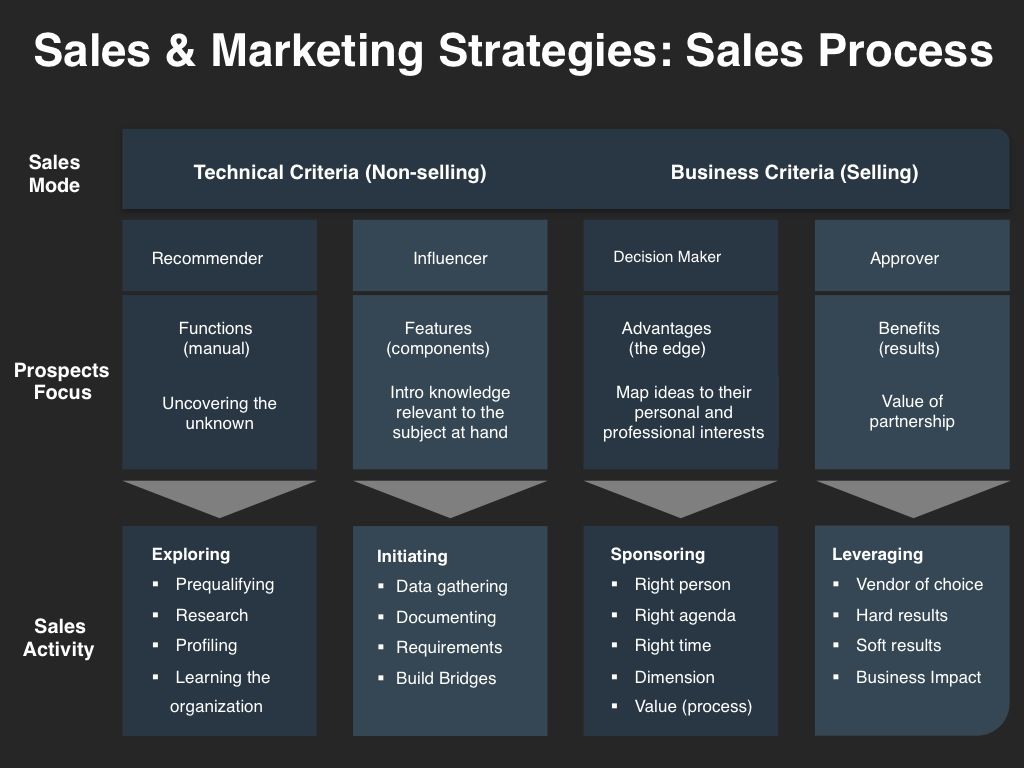
- Preview: Preview the information before you start reading to get an idea of the subject. Skim the material and read only the headers, subheadings, and highlighted text.
- Question: Ask yourself questions related to the topic, such as, What do I expect to learn? What do I already know about this topic?
- Read: Read the information one section at a time and try to identify answers to your questions.
- Reflect: Did you answer all of your questions? If not, go back and see if you can find the answer.
- Recite: In your own words, either speak or write down a summary of the information you just read.
- Review: Look over the material one more time and answer any questions that have not yet been answered.
5. The Feynman Technique
The Feynman Technique is an efficient method of learning a concept quickly by explaining it in plain and simple terms.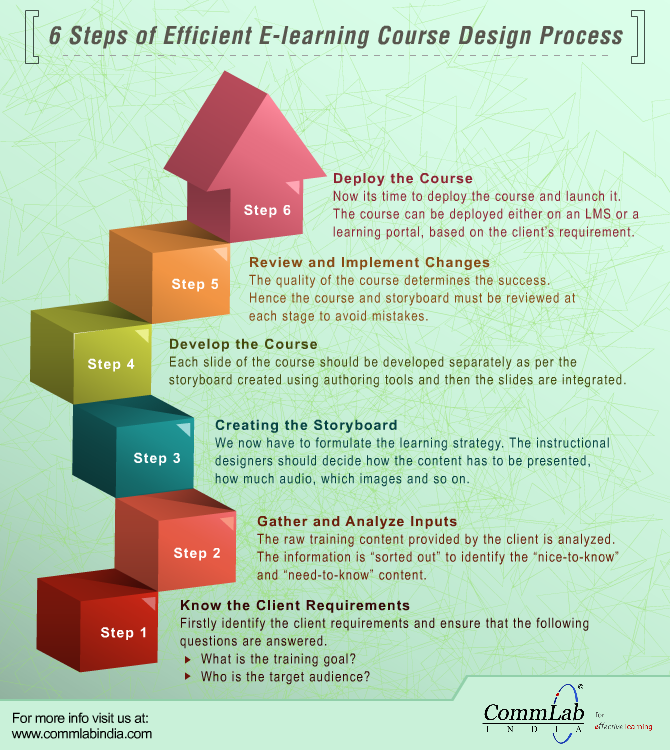 It’s based on the idea, “If you want to understand something well, try to explain it simply.” What that means is, by attempting to explain a concept in our own words, we are likely to understand it a lot faster.
It’s based on the idea, “If you want to understand something well, try to explain it simply.” What that means is, by attempting to explain a concept in our own words, we are likely to understand it a lot faster.
How it works:
- Write the subject/concept you are studying at the top of a sheet of paper.
- Then, explain it in your own words as if you were teaching someone else.
- Review what you wrote and identify any areas where you were wrong. Once you have identified them, go back to your notes or reading material and figure out the correct answer.
- Lastly, if there are any areas in your writing where you used technical terms or complex language, go back and rewrite these sections in simpler terms for someone who doesn’t have the educational background you have.
6. Leitner System
The Leitner System is a learning technique based on flashcards. Ideally, you keep your cards in several different boxes to track when you need to study each set.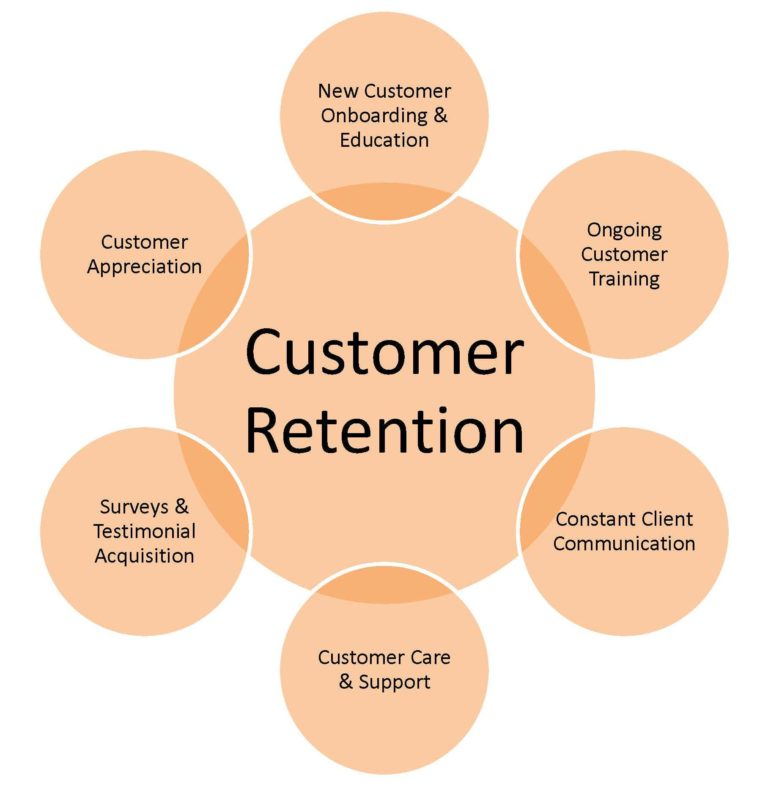 Every card starts in Box 1. If you get a card right, you move it to the next box. If you get a card wrong, you either move it down a box or keep it in Box 1 (if it’s already there).
Every card starts in Box 1. If you get a card right, you move it to the next box. If you get a card wrong, you either move it down a box or keep it in Box 1 (if it’s already there).
Each box determines how much you will study each set of cards, similar to the following schedule:
- Every day — Box 1
- Every two days — Box 2
- Every four days — Box 3
- Every nine days — Box 4
- Every 14 days — Box 5
7. Color-Coded Notes
Messy notes can make it hard to recall the important points of a lecture. Writing in color is a dynamic way to organize the information you’re learning. It also helps you review and prioritize the most important ideas.
A recent study found that color can improve a person’s memory performance. That same study found that warm colors (red and yellow) “can create a learning environment that is positive and motivating that can help learners not only to have a positive perception toward the content but also to engage and interact more with the learning materials.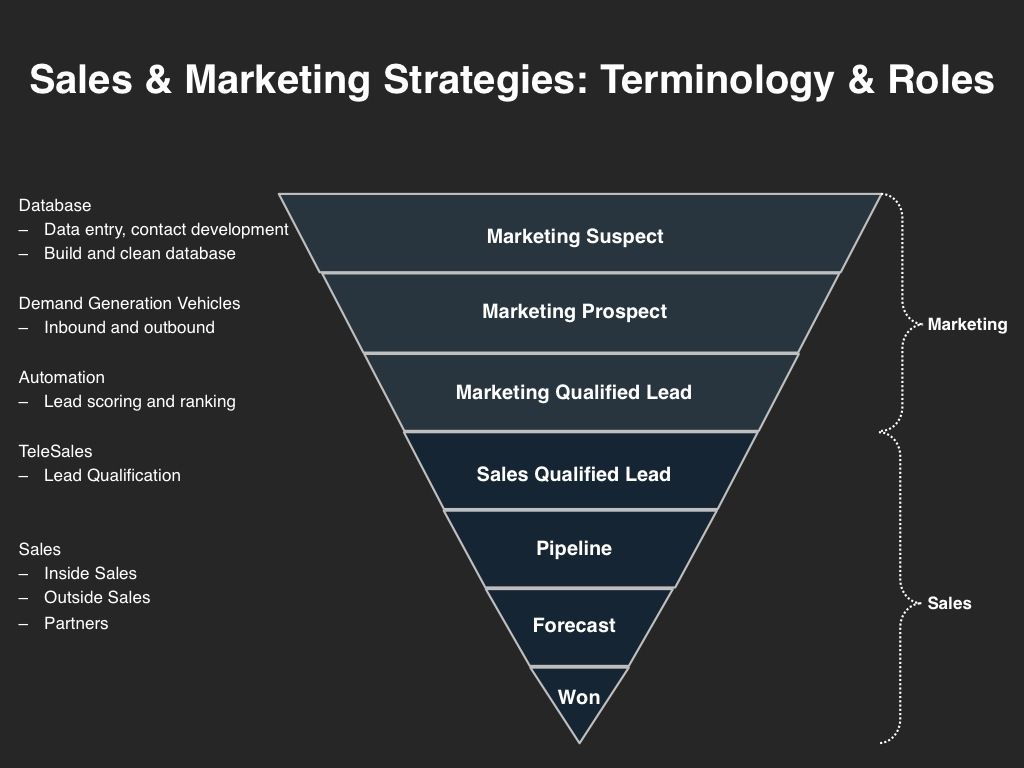 ” It also reported that warmer colors “increase attention and elicit excitement and information.”
” It also reported that warmer colors “increase attention and elicit excitement and information.”
Writing in color may seem like a no-brainer, but keep these tips in mind:
- Write down key points in red.
- Highlight important information in yellow.
- Organize topics by color.
- Don’t color everything—just the most important information.
8. Mind Mapping
If you’re a visual learner, try mind mapping, a technique that allows you to visually organize information in a diagram. First, you write a word in the center of a blank page. From there, you write major ideas and keywords and connect them directly to the central concept. Other related ideas will continue to branch out.
The structure of a mind map is related to how our brains store and retrieve information. Mind mapping your notes instead of just writing them down can improve your reading comprehension. It also enables you to see the big picture by communicating the hierarchy and relationships between concepts and ideas.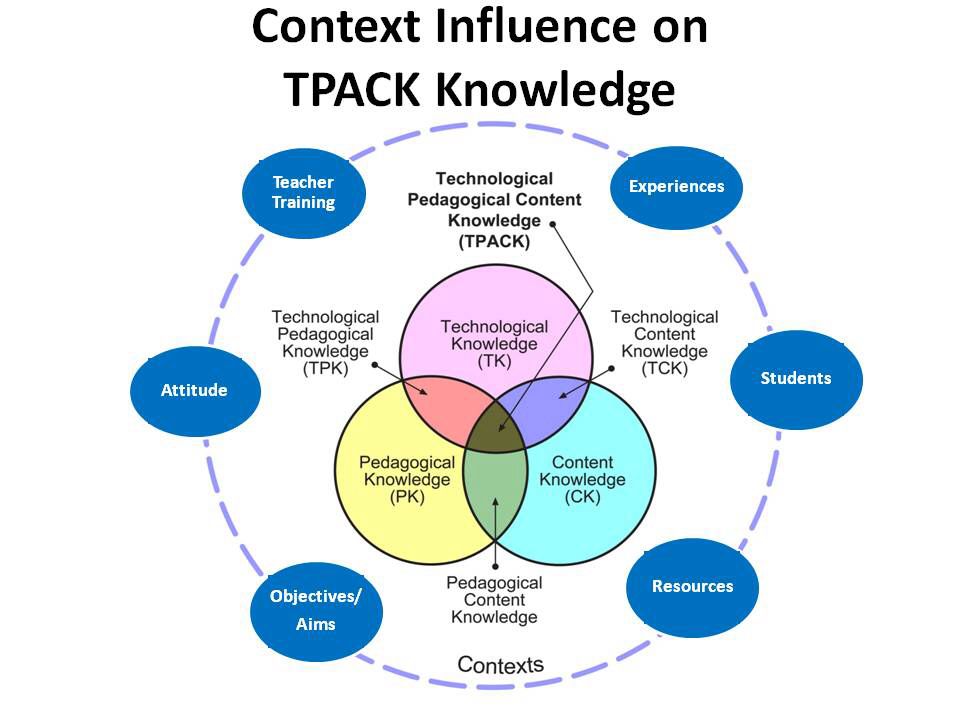
So, how do you do it?
- Grab a blank sheet of paper (or use a tool online) and write your study topic in the center, such as “child development.”
- Connect one of your main ideas (i.e., a chapter of your book or notes) to the main topic, such as “developmental stages.”
- Connect sub-branches of supporting ideas to your main branch. This is the association of ideas. For example, “Sensorimotor,” “Preoperational,” “Concrete operational,” and “Formal operational.”
- TIP: Use different colors for each branch and draw pictures if it helps.
9. Exercise Before Studying
Not only does exercise fight fatigue, but it can also increase energy levels. If you’re struggling to find the motivation to study, consider adding an exercise routine to your day. It doesn’t have to be a full hour at the gym. It can be a 20-minute workout at home or a brisk walk around your neighborhood. Anything to get your heart rate pumping. Exercising before you study:
Exercising before you study:
- Kickstarts brain function and can help improve memory and cognitive performance.
- Releases endorphins, which can improve your mood and reduce stress levels.
10. Study Before Bed
Sleep is crucial for brain function, memory formation, and learning. Studying before you sleep, whether it is reviewing flashcards or notes, can help improve recall. According to Scott Cairney, a researcher from the University of York in the United Kingdom, “When you are awake you learn new things, but when you are asleep you refine them, making it easier to retrieve them and apply them correctly when you need them most. This is important for how we learn but also for how we might help retain healthy brain functions.”
When you’re asleep, the brain organizes your memories. Instead of pulling an all-nighter, study a few hours before bed and then review the information in the morning.
No one wants to spend more time studying than they need to. Learning effective study techniques can ensure you are fully prepared for your exams and will help curve any looming test anxiety. Hopefully, with the techniques above, you can avoid cramming the night before and make your study time more effective. For more tips, download the infographic below.
Learning effective study techniques can ensure you are fully prepared for your exams and will help curve any looming test anxiety. Hopefully, with the techniques above, you can avoid cramming the night before and make your study time more effective. For more tips, download the infographic below.
Sources:
Chai, Meei Tyng, et al. “Exploring EEG Effective Connectivity Network in Estimating Influence of Color on Emotion and Memory.” Frontiers in Neuroinformatics vol. 13, Oct. 9, 2019, doi:10.3389/fninf.2019.00066
Medical News Today, “Can You Learn in Your Sleep? Yes, and Here’s How”: https://www.medicalnewstoday.com/articles/321161.php#1
Yana Weinstein and Megan Smith, “Learn How to Study Using… Spaced Practice” and “Learn How to Study Using… Retrieval Practice” The Learning Scientists, https://www.learningscientists.org/blog/2016/7/21-1 and https://www.learningscientists.org/blog/2016/6/23-1.
“Better Sleep Habits Lead to Better College Grades.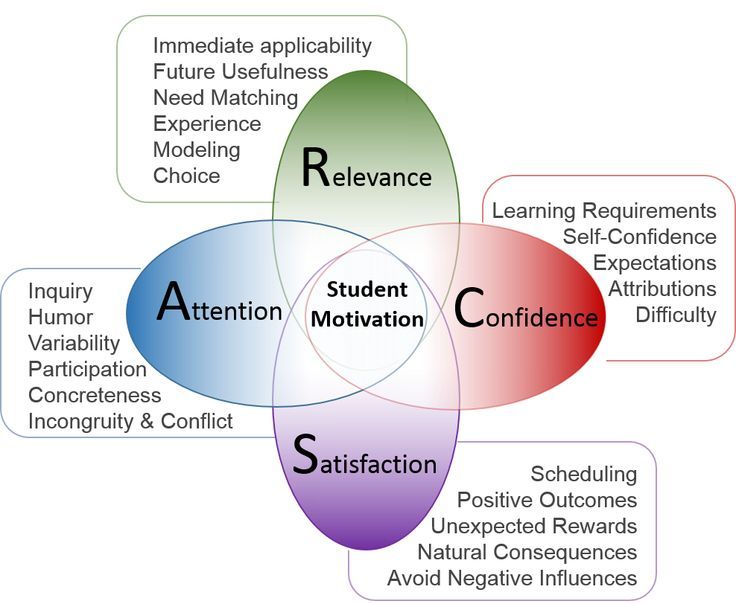 ” ScienceDaily, ScienceDaily, 1 Oct. 2019, www.sciencedaily.com/releases/2019/10/191001083956.htm.
” ScienceDaily, ScienceDaily, 1 Oct. 2019, www.sciencedaily.com/releases/2019/10/191001083956.htm.
“Top 10 Healthy Snacks for Studying and Staying Focused: BrainMD.” BrainMD Health Blog, 25 Oct. 2018, brainmd.com/blog/top-10-healthy-snacks-for-studying/.
“What Is Retrieval Practice? – Retrieval Practice.” Unleash the Science of Learning, www.retrievalpractice.org/why-it-works.
Whelan, Jesse. “Using the Leitner System to Improve Your Study.” Medium, Medium, 21 Sept. 2019, medium.com/@jessewhelan/using-the-leitner-system-to-improve-your-study-d5edafae7f0.
Chai, Meei Tyng, et al. “Exploring EEG Effective Connectivity Network in Estimating Influence of Color on Emotion and Memory.” Frontiers in Neuroinformatics, Frontiers Media S.A., 9 Oct. 2019, www.ncbi.nlm.nih.gov/pmc/articles/PMC6794354/.
Warner, Jennifer. “Exercise Fights Fatigue, Boosts Energy.” WebMD, WebMD, 3 Nov. 2006, www.webmd.com/diet/news/20061103/exercise-fights-fatigue-boosts-energy.
Aamodt, Sandra, and Sam Wang. “Exercise on the Brain.” The New York Times, The New York Times, 8 Nov. 2007, www.nytimes.com/2007/11/08/opinion/08aamodt.html?ei=5070&em=&en=875b1c15ea6447c9&ex=1194670800&pagewanted=print.
“Exercise on the Brain.” The New York Times, The New York Times, 8 Nov. 2007, www.nytimes.com/2007/11/08/opinion/08aamodt.html?ei=5070&em=&en=875b1c15ea6447c9&ex=1194670800&pagewanted=print.
“Benefits of Exercise.” MedlinePlus, U.S. National Library of Medicine, 4 Oct. 2019, medlineplus.gov/benefitsofexercise.html.
Sandoiu, Ana. “Can You Learn in Your Sleep? Yes, and Here’s How.” Medical News Today, MediLexicon International, www.medicalnewstoday.com/articles/321161.php#1.
Effective learning strategies to expand knowledge
Learning strategies include all approaches that a teacher can use to actively involve students in the learning process. These strategies drive teacher instruction as they work towards specific learning goals and provide their students with the tools they need to succeed.
The most effective learning strategies meet all learning styles and developmental needs of all learners. nine0006 Teachers must be trained with a full arsenal of effective teaching strategies to maximize their effectiveness and expand student learning opportunities.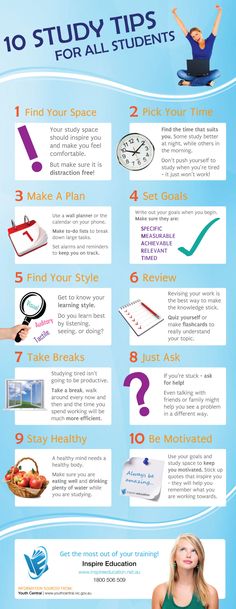
Index
- 1 The variety of strategies
- 2 Effective training strategies
- 3 Accelerate students' training: 5 ways to do this
- 3.1 How and what: Methodology and goal
- 3.2 sufficient flexibility
- 3.3 Entertainment for all
- 3.4 Correctly Correctly 3.4 use 9 strategies0016
- 3.5 Stimulate learning
Variety of strategies
Teachers do a better job if they use a variety of teaching strategies rather than one or two. Variety ensures that students never get bored and absorb their learning better. It also ensures that students are likely to be exposed to strategies that are appropriate for their preferred individual learning style.
Students will enjoy being taught a variety of teaching methods and are likely to stick with it longer. Ultimately, the teacher must align the teaching strategies used with the students they serve and the content they teach.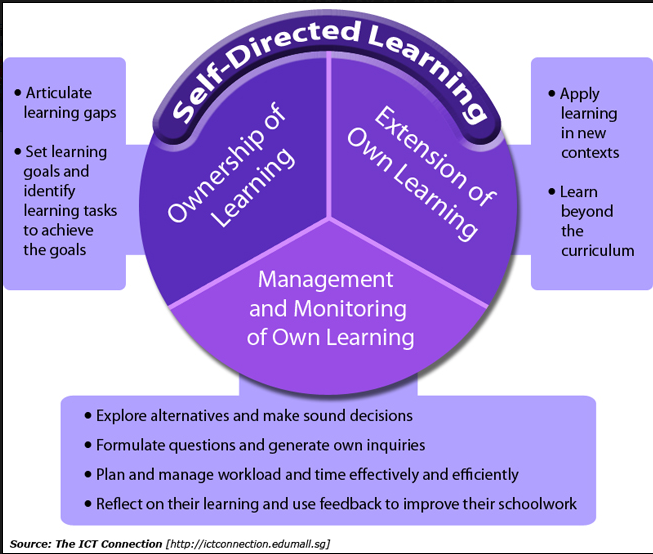 Not all learning strategies are ideal for every situation. nine0005 therefore teachers should be experts in assessing which strategy would be most appropriate.
Not all learning strategies are ideal for every situation. nine0005 therefore teachers should be experts in assessing which strategy would be most appropriate.
Effective learning strategies
Popular strategies include reading, collaborative learning, hands-on learning activities, scaffolding, group learning, self-assessment, topic learning, and word walls. New learning strategies developed and implemented. in classrooms almost daily, depending on the reaction of students to them.
The learning strategies are also fully customizable, which means they can be customized and adjusted to suit any situation. Two teachers may use the same teaching strategy in completely different ways depending on their individual preferences and needs. nine0005 Teachers need to creatively contribute to these learning strategies to make them their own and fit the interests of the students.
Accelerate Student Learning: 5 Ways to Do It
How and What: Methodology and Goals
Learning strategies provide a delivery mechanism for presenting great content.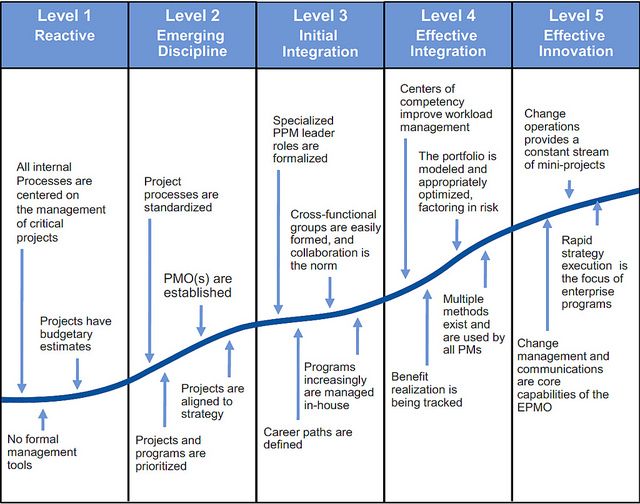 Teaching strategies are how and content is what. In many cases, how you present content is more important than what you present. nine0005 Students prefer engaging and engaging content. Lack of an excellent delivery system will prevent even the most interesting content from being connected.
Teaching strategies are how and content is what. In many cases, how you present content is more important than what you present. nine0005 Students prefer engaging and engaging content. Lack of an excellent delivery system will prevent even the most interesting content from being connected.
Adequate flexibility
Learning strategies give teachers the flexibility to meet individual learning needs. The multitude of teaching strategies available to the teacher provides the flexibility to differentiate learning. What works well for one group of students may not necessarily work well for another. nine0005 Teachers must adapt to each group and use multiple teaching strategies to maximize their effectiveness.
Fun for all
Teaching strategies can make teaching and learning fun. Most students learn best through interesting and active learning opportunities. Many learning strategies incorporate this and contain components that ensure learning is fun and engaging.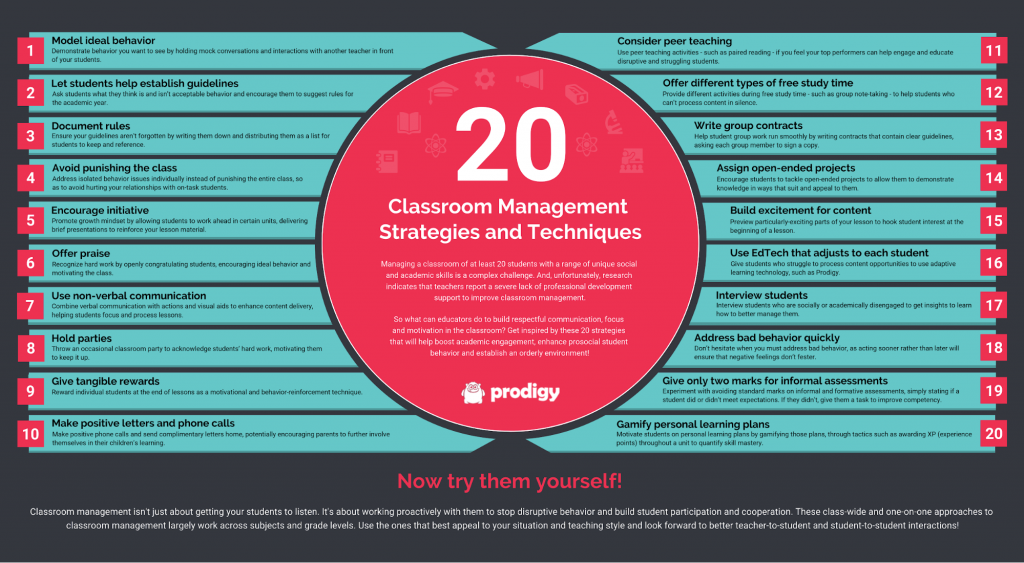 L Teachers should do their best to present instructional strategies that keep students interested, alert and wanting more. nine0006
L Teachers should do their best to present instructional strategies that keep students interested, alert and wanting more. nine0006
Use strategies correctly
When used correctly, learning strategies keep students from getting bored with learning. When a teacher uses the same strategy over and over again, students get bored. This is a great way to make students lose focus and interest in learning. When a teacher changes activities, changes them, and uses a wide range of learning strategies, students stay engaged. Ultimately, this helps them learn more and improve their knowledge. nine0003
Stimulate learning
Learning strategies improve learning and stimulate learning. When teachers are constantly reviewing and adjusting their teaching system, something wonderful happens. Over time, they become more effective at not only finding great teaching strategies, but also at applying them in the classroom. Likewise, when students are introduced to different learning strategies, it expands their learning opportunities, essentially giving them multiple ways to process and learn new information. nine0003
nine0003
The content of the article complies with our principles of editorial ethics. To report a bug, click here.
You may be interested
7 Effective Classroom Management Strategies to Increase Student Engagement
Efficiency is one of the few objective categories. It is measurable and often evaluated in terms of the results achieved. The results of the teacher's work as an educator are often evaluated by the positive changes that have occurred in the class. The behavior of students can vary, which, of course, often leads to unprecedented difficulties. Managing a heterogeneous class, where students are not sufficiently involved in the learning process, requires a highly professional approach. When a teacher applies their broad knowledge along with effective classroom management strategies, it becomes the foundation for massive positive change. nine0003
Teacher performance and student achievement are directly related. This is supported by a study showing that systematic classroom management leads to a 20% increase in student achievement. In addition, students these days are ambitious and extremely curious.
In addition, students these days are ambitious and extremely curious.
They are happy to learn something new every day and fill their lives with meaning. However, in any class there are inert students who upset the balance. In addition, in each class there are always destructive elements that create inconvenience for others. They will become a daily test for your managerial skills. nine0003
Of course, you are an excellent teacher who is happy to do everything possible for the progress of his students. To master the art of organizing processes in the classroom, you need to be an excellent leader and manager.
In this extensive post, you'll find some unique and effective classroom management strategies. You are already doing a great job, but some innovative ideas can make it even better and easier. Let's take a closer look at how to master the art of class management. nine0003
Maintain a student-teacher working relationship
In business, communication and interpersonal relationships in the workplace are of paramount importance. They are one of the main prerequisites for high employee engagement.
They are one of the main prerequisites for high employee engagement.
Similarly, a healthy student-teacher relationship is essential for high engagement in the learning process. They must be based on mutual trust and cooperation. That students should respect their teachers is beyond any doubt. nine0003
The teacher, in turn, must respect the uniqueness, otherness, beliefs and views of students. In order to encourage students to actively learn, it is necessary to give them more opportunities for self-realization and recognize the value of their ideas. This will help them achieve higher academic success.
In addition, you need to reinforce in them the confidence that you are always happy to answer their inquisitive questions. This will help create a culture of cooperation.
Your students will not hesitate to share their emotions, feelings and fears with you. This is what a perfect healthy relationship should look like, right? An additional benefit is that student-teacher friendships are also consistent with the principles of social-emotional learning.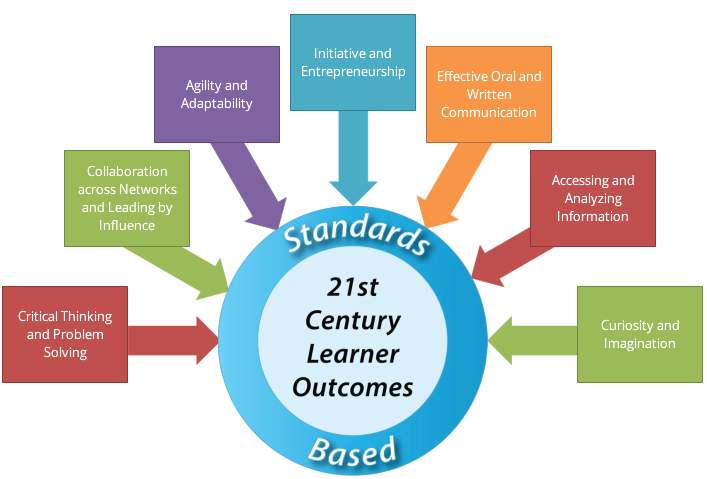 However, in the current environment of hybrid learning, things work differently.
However, in the current environment of hybrid learning, things work differently.
Relationships between students and teachers will fade into the background as they haven't seen each other in person for a long time during the pandemic. You may need to develop better strategies for building working relationships in virtual classrooms. Here are some tips on how to do this. nine0003
- One of the simplest and most effective strategies is the practice of sharing peer feedback in virtual classrooms.
- It is worth having a Parent Communication, which includes a direct discussion of the student's progress and informing the parents and guardians of the student's progress. Through direct communication with students and their parents, teachers can provide objective information about student progress, evaluate student strengths, solve problems, give advice, and suggest solutions for students' future educational paths. nine0016
- null
- You can ask students about their well-being, as well as about the situation in their families.
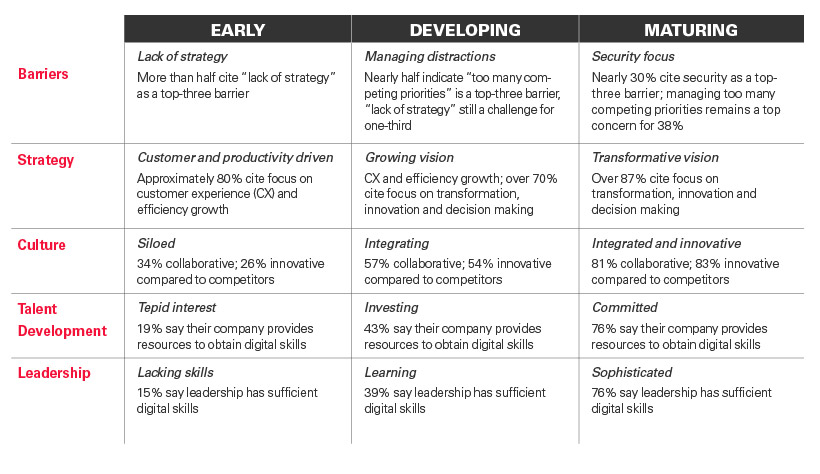
- In addition to promoting the general idea of a healthy lifestyle, you can also monitor the mental health of students. Attention to mental health in our time is a key factor in effective interpersonal interaction.
- You can greet each student individually by addressing them by name. nine0016
- During online classes, you can explain to them how they can contact you for individual advice.
- You can find ways to motivate your students during online classes. It can be a big motivational story or small remarks that can inspire them.
- Give students some time away from class to showcase their talents. If any of them want to read a poem, tell a story, or show their paintings at the end of the lesson, let them do so. Students should be actively encouraged to do so. This will help them express themselves with more confidence. nine0016
- Start the daily routines and traditions of the class. Such rituals can be a picture of the day, a thought of the day, sharing photos of pets, and so on.
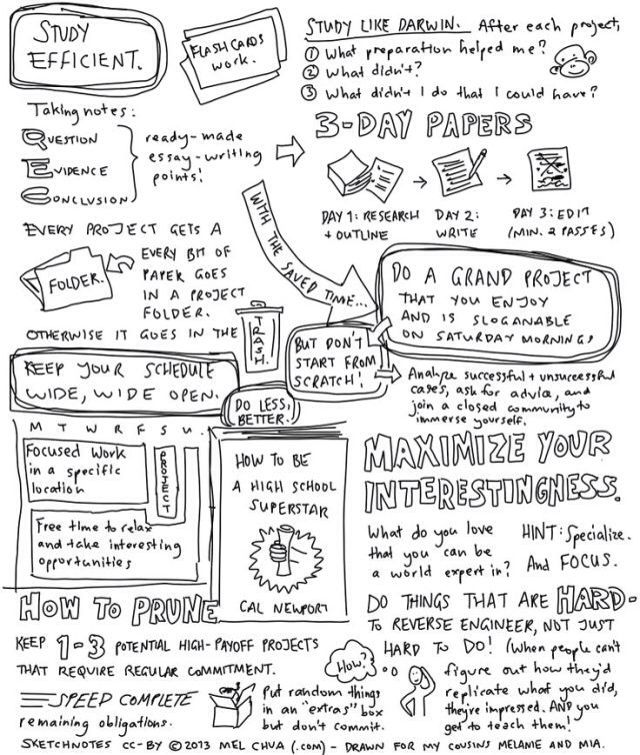
- Provide more effective support to students who are having difficulty learning online. Try to understand their concerns and gently offer help.
- Teach students time management and digital fatigue
Rewards and Incentives
Most of the time we only celebrate achievements and results, but to get the most out of the class, you have to make students believe in the value of the process itself.
One of the great ways to do this is to recognize progress, praise and reward for the work done. In this way, you can increase the motivation of your students and make them believe that any hard work always pays off. Whether it's in the business environment or the classroom, encouragement and recognition are essential elements of effective management. nine0003
When planning classroom management, you need to think as broadly as possible, have an unconventional view, and take small but very important steps that others often underestimate.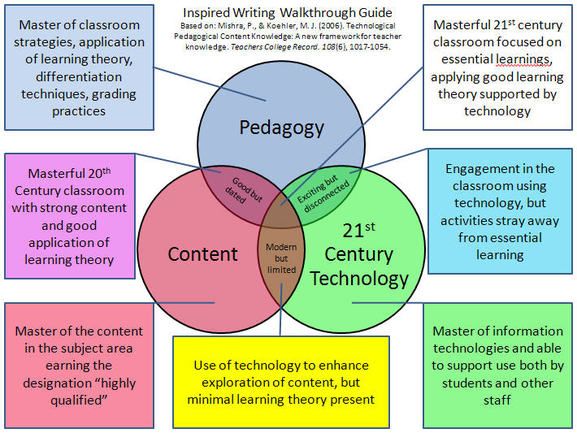
When students see their fellow students receive gratitude from the teacher, they want to become like them. After all, who doesn't love being rewarded and praised in front of their classmates? The next time a student shows noticeable signs of growth, announce it in front of the whole class. nine0003
Effective classroom management requires good examples. Such examples can become a guide for others. Even in a virtual class, you can celebrate the achievements of your students in a convenient way.
Explore collaboration opportunities
In times of distance learning, some changes need to be made to the old methods of incentivizing collaboration. The involvement of students in the educational process in several aspects is associated with the interaction between classmates. nine0003
In addition, as mentioned above, it also depends on the interaction between the teacher and the students. New opportunities need to be sought to provide opportunities for students to work together.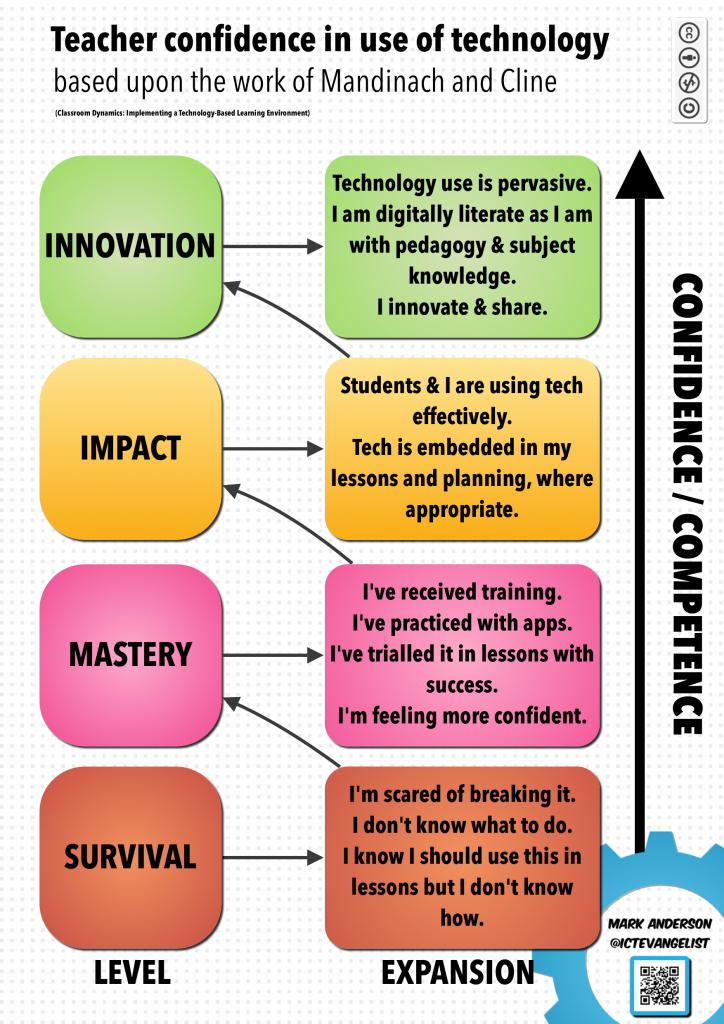 It can take the form of group assignments or creative extracurricular activities within the class.
It can take the form of group assignments or creative extracurricular activities within the class.
By effectively interacting with each other, students manage their own time better. In addition, they learn to divide a complex task into smaller ones. Students learn from each other's strengths and compensate for each other's weaknesses. nine0003
Just imagine what a teacher's pride will fill you when the students begin to manage their own activities. Thus, by giving them the opportunity to work together, you give them the opportunity to play an active role in class management, and your work is simplified.
However, modern solutions will be required to create favorable conditions for interaction in distance or hybrid learning environments. You need to find productive ways to achieve a high level of virtual interaction. It's a great idea to use whiteboards or modern visual workspaces to make remote collaboration easier. nine0003
Using digital platforms such as Creately Visual Workspaces, students and educators can collaborate and share knowledge in the most engaging and effective way.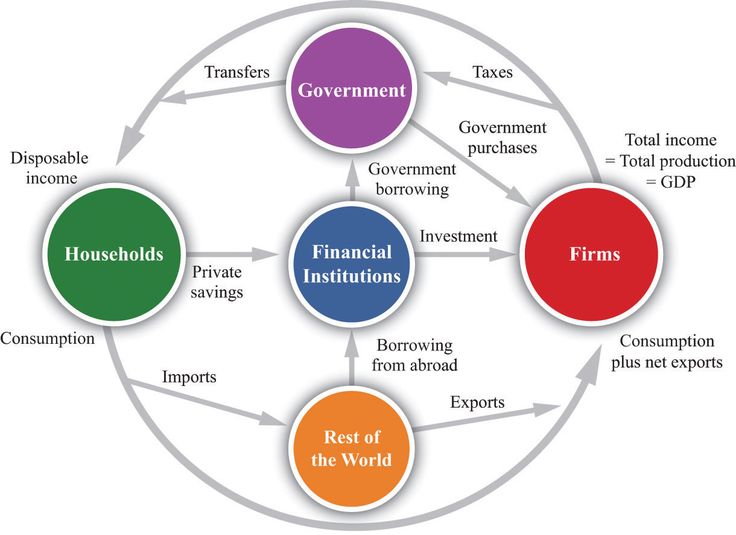 A workspace of this level is the pinnacle of artificial intelligence and innovative technologies.
A workspace of this level is the pinnacle of artificial intelligence and innovative technologies.
In these spaces, students and faculty can collaborate in real time to work on projects, plan together, execute plans consistently, and supervise each other's work during group projects. nine0003
In addition, these innovative platforms allow students to work together to brainstorm and teachers to provide additional support. This not only makes the teaching process healthier for the teachers themselves, but also greatly increases the effectiveness of student learning.
Six Thinking Hats template for use in virtual brainstorming (click on the template to edit it online)These virtual workspaces help millions of students and professionals. We can say that these systems of the future reproduce the traditional classroom model as accurately as possible. nine0003
At the same time, they smooth out the shortcomings of traditional education. Such a workspace is in no way inferior to a regular classroom and even surpasses it in some ways. They are the future of education, so using them as part of the educational process would be a far-sighted step.
They are the future of education, so using them as part of the educational process would be a far-sighted step.
Create classroom leadership opportunities
One of the easiest and most powerful ways to get involved is to give people important responsibilities. When a person gets leadership roles, their attitude to business changes for the better. nine0003
Such changes may be associated with an increase in self-esteem and a sense of being a driving force that has a positive impact on others. One of the best ways to manage students in a classroom is to give them responsibilities. After the distribution of responsibilities, it is necessary to convey to the students what is expected of them in this role.
To give a small example, try to put in leadership roles a few students who do not show interest in learning. At the same time, you need to assign a number of important responsibilities to them and emphasize that you are always ready to help them.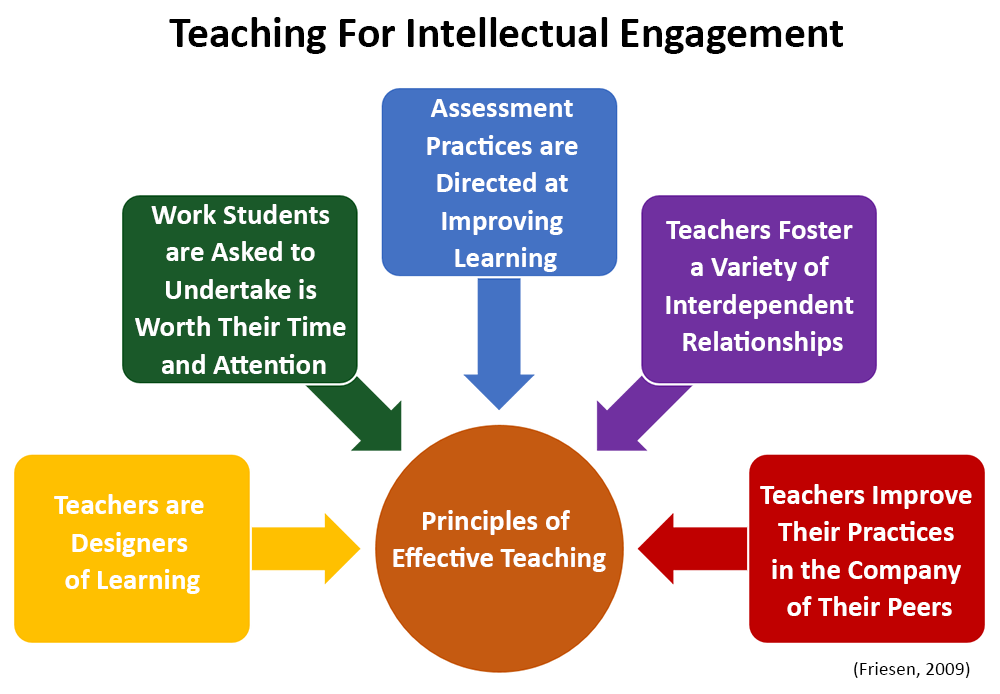 nine0003
nine0003
When a passive student receives a responsible task related to managing classmates, he will by default be actively involved in the process. Giving students this confidence and giving them the opportunity to evaluate their strengths within the framework of the tasks delegated to them can be an effective strategy.
This approach helps students understand what they are capable of. At the very least, these opportunities help students acquire the necessary life skills. Even the smallest leadership roles, such as class president or project team leader, can change a person's worldview. nine0003
Communicate the true purpose of education to students
Many students are under the delusion that the only purpose of education is to pass exams, so in most countries of the world the true purpose of education and learning is depreciated and relegated to the background. The focus of education is shifting towards maximum concentration on exams and assessments, but there are a number of progressive steps you can take to help break these stereotypes.
As an educator, you can play a big role in teaching your students the true value of education and knowledge. You must explain to them that knowledge is something that will stay with them for life. For example, you can tell them about your journey and the journey of other successful people you know. nine0003
In doing so, you can emphasize the importance of education in achieving outstanding success. There are many success stories to tell students, but since you are the most obvious role model for them, your story will have a great impact on them. You can tell them about how far the world has come with education and how it continues to change the world for the better.
They need to know how this or that aspect of learning will be useful to them in life, why it makes the learning process so important, and how it will affect their career and personal growth. Otherwise, students who believe that learning is about preparing for exams will not actively participate in classes.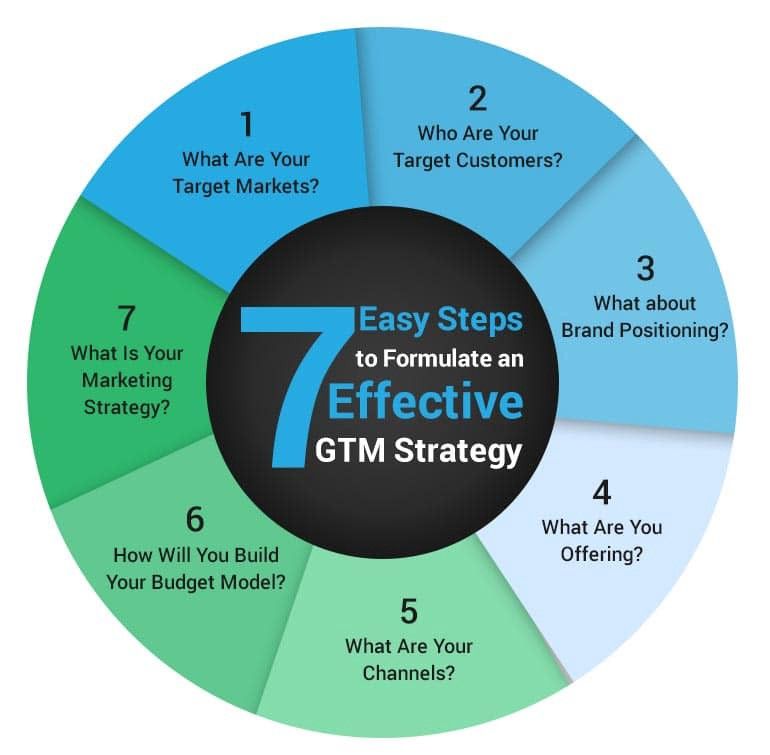 nine0003
nine0003
They will console themselves with the fact that a few days before the exams they will be able to memorize the material and pass everything. In addition, with this mindset, they will devalue class work and are more likely to exhibit destructive behavior that gets in the way of classmates.
However, once they understand the true essence of learning, they will become more focused. They want to actively learn. This will cause many of the problems you face with class management to resolve themselves. nine0003
Deal with disciplinary issues immediately
Whether it is a virtual lesson or a face-to-face lesson, failures and interference must be eliminated immediately. If this is not done, then students may get the impression that it is normal to misbehave in class. This can upset the balance and affect students who genuinely want to learn. Nevertheless, it is recommended to respond politely and with dignity even to unacceptable violations of discipline in the classroom.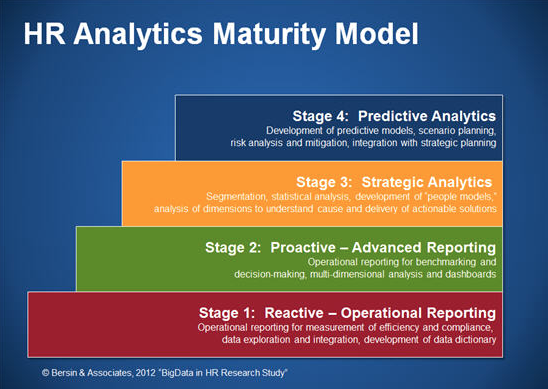
To lead a class with dignity, it is necessary to be regularly reminded of the importance and necessity of maintaining order. Students should know that despite your benevolence, you will not tolerate misconduct. nine0003
It is not necessary to punish students for misbehaving. Disobedience can be dealt with with the help of love and affection. But focusing on the violation of discipline at the moment when it occurs is very important.
You must maintain discipline in the classroom. In addition, even in a virtual classroom, you need to set an example of the behavior you expect from your students. So, if students see that you are great at handling distractions during online classes, they will try to do the same. nine0003
They will know that it is inappropriate to use a phone or tablet in an online class. On the other hand, if they see that you use your phone a lot during class, they might do the same, because they will assume that this is completely normal.
You must set an excellent role model for your students as their leader and be aware of your responsibility for their behavior.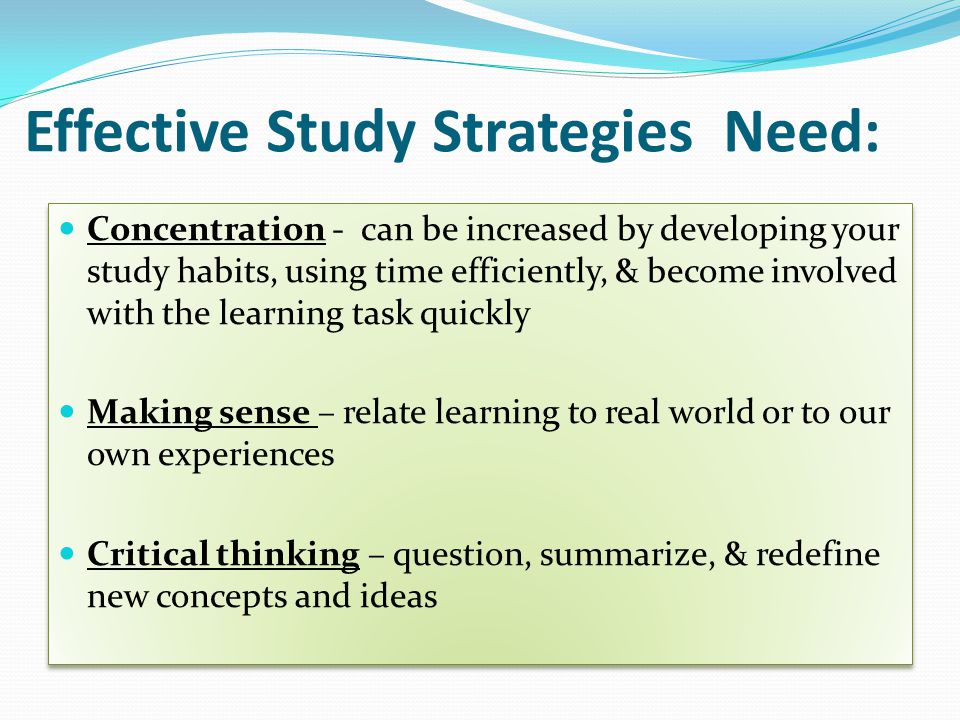
Striking the right balance with hybrid learning
Hybrid or blended learning is a new form of learning that we are just getting used to. It may seem difficult at times, but we should be grateful for this opportunity.
This is a great way to keep you and your students safe during the pandemic. In addition, it allows students to stay connected to traditional classroom learning. Thus, you must properly plan your hybrid classes.
The key here is to strike the right balance between online learning and in-person classes. Here are some ways to effectively manage hybrid learning:
- Have clear lesson plans and send them to your students well in advance;
7 Effective Ways to Master the Art of Classroom Management
- make plans interactive by sharing links with your students; nine0016
- ensure the exchange of feedback between students on distance learning;
- communicate to students that online classes and face-to-face lessons are equally important;
- Consider class requests when planning;
- use chats for real-time interaction;
- Tailor your remote classes to suit your students' learning style.
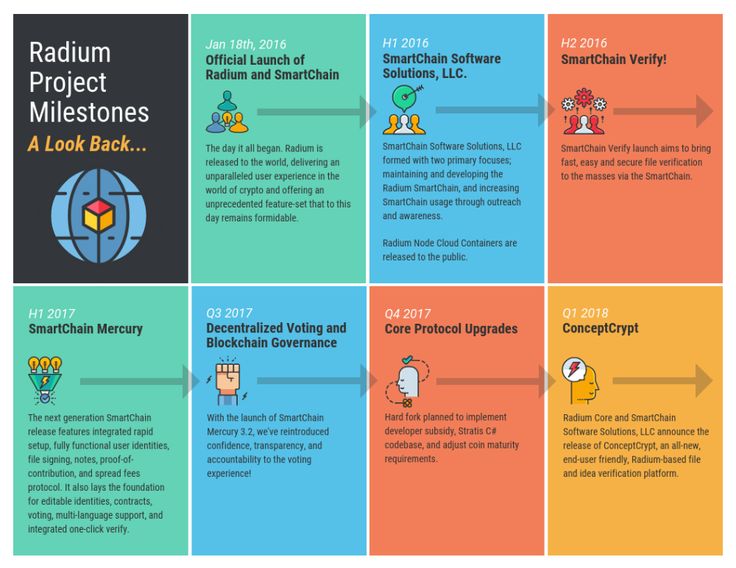
Do you know other classroom management strategies? nine0006
In conclusion, effective classroom management requires attention to detail and clarity of purpose. It is worth remembering that the higher the level of student involvement, the easier it is to manage such a class.
When you involve students in activities, you can fix problems in the classroom. Also, managing virtual classes can be a little more difficult than in-person. However, distance learning provides more freedom and greater opportunities for innovative ideas. The more innovations you introduce, the higher your managerial skills become. nine0003
Finally, it is necessary to clearly understand the behavioral characteristics and shortcomings of students in order to identify negative factors. Again, you are doing a great job as it is. The classroom management strategies above will help you become even better.
Author biography
Jessica Robinson writes lyrics for The Speaking Polymath, and they reflect her deep insight into things.